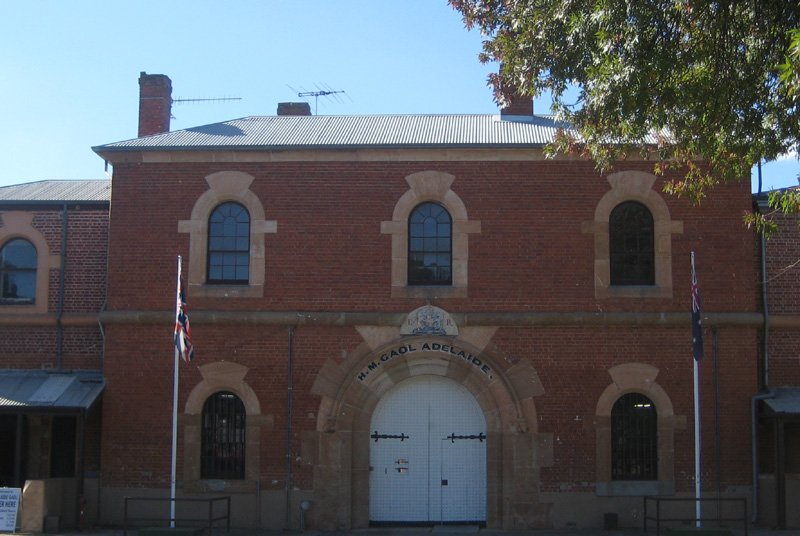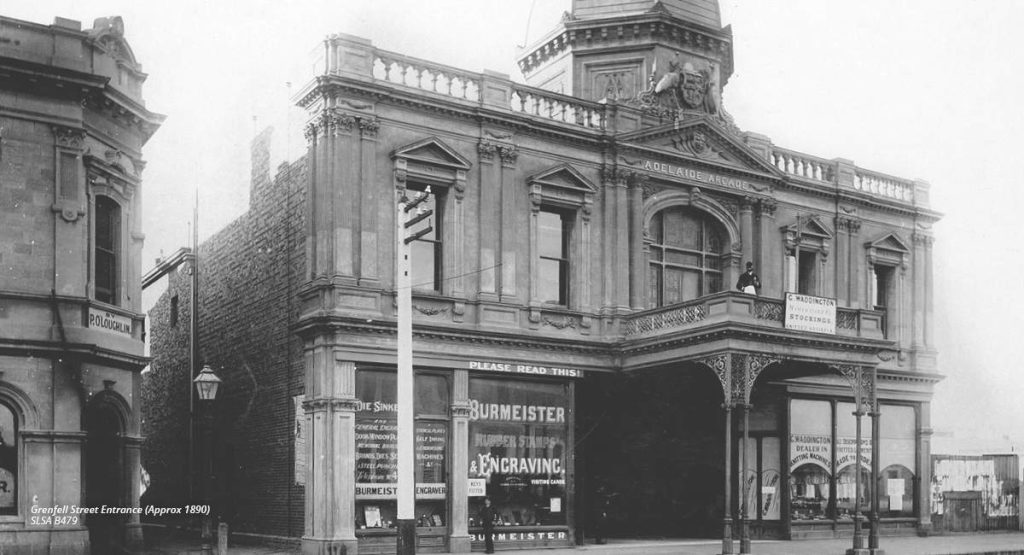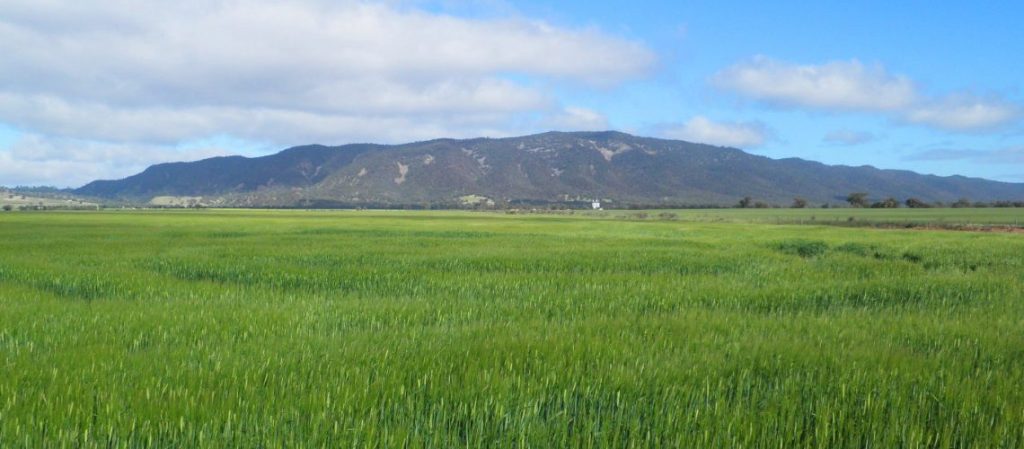The Most Haunted Corners of South Australia: Dare to Explore?
Hidden among South Australia’s quiet towns and heritage landmarks are stories that refuse to rest.
Beneath its sunlit vineyards and coastal calm lies a past shaped by tragedy, mystery, and whispers that echo through time.
From the stone walls of old gaols to the deserted corridors of forgotten homesteads, the most haunted places in South Australia reveal a world where history and the supernatural intersect.
Each site holds a tale of lingering spirits, eerie coincidences, and unexplained sounds that stir the imagination.
In this guide, the state’s haunted corners come to life through chilling legends, historical accounts, and practical tips for those curious enough to explore them—whether by guided tour or late-night wander.
Adelaide Gaol (Thebarton)

By day, this sprawling sandstone prison (opened 1841) is a family-friendly museum; by night, it’s a venue for spine-chilling ghost tours.
The Gaol’s grim history – 147 years of incarceration with 45 executions (the last in 1964) – seems never to have left its stone walls.
Today, raucous visitor numbers attest to its eerie reputation.
National Parks manager Gary Joyce recalls locking up the old mess hall one evening when “a metal plate dropped on the floor and spun around… as if someone had dropped a plate”.
Staff report sightings of phantom footsteps, unexplained noises, and doors swinging shut on their own.
Rumoured spectres include Frederick Carr, a convicted murderer said to linger by the New Building stairs; Governor William Ashton, the Gaol’s first warden, whose footsteps are heard on stormy nights; and Ben Ellis, the old hangman, whose spirit reportedly patrols the dark hallways.
One guest on a Haunted Horizons night tour described the terror of an unseen hand slamming the tiny inspection slot on a cell door – sending him “running for [his] life.
The result is a surreal dual experience: by day, the Gaol offers kid-friendly educational tours (even lockpicking and escape rooms for children); by night, it transforms into a ghost-hunting ground, with guided paranormal investigations bristling with EMF meters and spirit boxes.
The walls of Adelaide Gaol still seem to whisper the state’s early colonial and convict history, as visitors encounter the restless echoes of its tragic past.
Stepping through the arch of the old Adelaide Gaol under flickering lamps feels like entering another era.
Once the scene of executions and despair, today the prison has embraced its haunted reputation.
During the day, it serves as a hands-on history museum for families; after dark, it offers ghost tours that dare even sceptical adults to spend a night within its chilling confines.
Executed inmates – even 13-year-old Elizabeth Woolcock, SA’s only hanged woman – lie buried onsite, and many travellers report cold spots, shadowy forms and disembodied cries echoing through the yard.
One tour group swears a stray ball rolling by itself in the darkness was pushed by an invisible child spirit.
Others bring cameras and claim to capture orbs and misty figures in the prison’s historic cells.
It’s no surprise visitors emerge wide-eyed from the gaol at night, convinced they have brushed up against Adelaide’s spectral underworld.
Adelaide Arcade (City Centre)

Strolling through this late-Victorian shopping arcade by day is a light-filled pleasure. But after hours, the glass-roofed thoroughfare can feel strangely haunted.
Established in 1885 as Australia’s first covered mall, the Arcade is the setting for old tragedies.
The most famous ghost is Francis Cluney, a nightkeeper who died in 1887 in an accident at the new electric lighting plant.
Accounts say Francis’ spirit still tends to his duties: shopkeepers report small items knocking over and flickering lights, often attributed to “Francis… doing his rounds”—several staff claim to have seen his full-bodied apparition in a long Victorian overcoat.
Paranormal tours now run privately after hours, turning the once-elegant promenade into a chamber of suspense.
Visitors on these ghost walks report experiencing sudden chills, unexplained thuds, and even handheld devices picking up voices that seem to utter, “Help me.”
Even in daylight, some passersby whisper that on empty weekdays, the Arcade’s tile floors can echo with ghostly footfalls.
From a murdered bride in a back lane to flickering lanterns above empty shops, the Adelaide Arcade’s beauty belies a surprisingly macabre history that makes it a magnet for ghost hunters.
North Kapunda Hotel (Kapunda)
“Australia’s most haunted hotel” is how locals often advertise this 19th-century pub on the edge of the Barossa Valley.
Ghostly lore here centres on its long history and the old crimes that have occurred within its walls.
The North Kapunda is now an operating country pub – families drop by for lunch – but it also draws thrill-seekers.
Over the decades, the hotel has gained a fearsome reputation. One spectre, known as Sarah, is said to haunt an upstairs nursery, wandering among the children’s toys where she was murdered in a domestic quarrel.
Another, a miner who lost a leg in an accident, is rumoured to prowl the upper corridors after succumbing to a botched surgery.
Today, a local ghost-tour company (Ghost Crime Tours) runs regular overnight lock-ins in the hotel, and even livestreams its vigil to online spectators.
Guides share grisly stories about “Madame of the brothel”, whose spirit allegedly drifts in the hotel bar, and a Russian sailor killed on nearby streets, whose ghost is sometimes reported peering through the basement windows.
A walk down the dim hotel corridor – lit only by the yellow glow of antique lamps – feels unnerving: inquiring crowds tell of cold drafts, whispering voices and the sense that someone unseen is just around the corner.
Despite its eerie renown, the Kapunda Hotel welcomes all; hundreds of Aussie tourists book its ghost tours each year. (As one tour operator wryly notes, Kapunda’s main street is famous not for winemaking but as “the most haunted town in Australia”.)
After the sun sets, the pub becomes a different place – local families locking up and inviting curious travellers for a pint and a tale, in the company of more than a few kindly spirits.
Inside the North Kapunda Hotel, dim corridors and peeling paint hint at the supernatural at work.
Guests on a Kapunda ghost tour have described feeling an icy breath on their necks and hearing faint weeping through these halls – perhaps the restless ghosts of bygone miners and children who never left.
Every night, dozens of adventurers gather here, half-expecting to see that familiar smiling bartender flicker into a dark corner.
Between tales of riots and murders from the 1800s, the hotel owner now encourages ghost-hunters: full moon investigations often sell out.
In daylight, the pub is friendly and bright; by night, it’s the perfect blend of history and haunted fun.
Gladesville Hall and Z Ward (Glenside)
South Australia’s history of mental asylums yields its share of eerie sites. The old Parkside Hospital (“Z Ward”) is another on many tour lists.
Constructed in 1885 for the criminally insane, Z Ward is not normally open to the public, but specialised tours (and paranormal lockdowns) let braver visitors walk its silent corridors.
Past inmates here included people acquitted of crime by reason of insanity – one’s imagination runs wild at stories of fugitive inmates and tragic treatment.
Although closed since 1973, Z Ward figures in local ghost tours alongside the Gaol and Arcade.
Paranormal investigators who brave its upstairs wards report faint voices, shadowy shapes and the sudden feeling of being watched. (One haunted tour advertises a challenge: five minutes alone in a pitch-black cell – if you dare!)
Nearby, the historic Gladesville Hall – once a doctor’s residence – is rumoured to have its own set of spirits, though these remain less well-documented.
Gladstone Gaol (Gladstone)

In the regional Mid-North, another abandoned penitentiary, now a tourist park, stands: Gladstone Gaol (closed in 1975).
Its red brick walls have inspired local ghost lore much like Adelaide’s.
Visitors to the facility-turned-attraction report dozens of strange encounters: walking through its empty cellblocks often comes with whispers in the breeze, unseen footsteps clicking across the yard, and door bolts sliding by themselves.
Countless tour-goers and even paranormal investigators have claimed to glimpse “full-bodied apparitions” walking the corridors.
In one eerie display, the gaol now exhibits photos captured during ghost hunts, showing shadowy figures in old cells.
Some guests say a pair of ghostly children can be heard giggling or crying in the basement, where hundreds of bodies (including those of epidemic victims) lie buried nearby.
Workers often warn newcomers to watch their backs: a common tale tells of inexplicable touches, sometimes “scarily aggressive,” on visitors’ shoulders or backs.
Nevertheless, the site is open to families by day as an educational museum and even offers an “overnight stay” in repurposed cells for adventurous tourists.
For history lovers, it’s an affordable country break; for thrill-seekers, a camp-out among the gaol’s moans under the Milky Way.
Old Tailem Town (Tailem Bend)

In the Murraylands stands a pioneer village – a collection of historic buildings and replicas – that has become South Australia’s premier ghost-town attraction.
As the official tours warn, it’s the kind of place that is said to have ghosts.
In one haunted-horizons account, a group investigating the derelict church at Old Tailem Town heard phantom footsteps and a distant whistle. It even felt a sudden hot, angry presence pressing in. V
isitors report seeing shadowy figures darting between antique exhibits, and even having to back out of walkways as if an invisible person suddenly occupied the space ahead of them.
One excited commentator summed up the experience bluntly: “Old Tailem Town… it’s definitely haunted, too quiet and eerie… the church is haunted of them all”.
This ghost village offers both guided tours and hands-on “paranormal investigations” at night – an adult-only thrill – while daytime visits can serve as a spooky history lesson for older kids (parental guidance advised).
Imagine walking across a dusty tailings heap by moonlight, listening to the echoes of miners’ picks; then climbing through the inn’s gnarled trees to the sound of distant footsteps.
Even local schoolchildren whisper about cold spots and ghostly shapes among the wagons and windmills here.
The on-site gift shop sells glow-in-the-dark bats and “Haunted Horizons” T-shirts to prove the tourist’s courage.
Cornwall Hotel (Moonta)
Located on the Yorke Peninsula, in the historic copper-mining town of Moonta, another pub boasts a haunted cellar.
Originally called the Globe Hotel (c.1862), it earned a chilling sideline when typhoid and diphtheria epidemics struck the town in the 1880s.
The hotel’s cool limestone cellar became an improvised morgue for hundreds of sick children.
To this day, guests of the renovated Cornwall Hotel report hearing faint childish voices and footsteps in the darkness below.
Toys are deliberately left in the basement “for the children’s spirits,” and owners have witnessed these dolls and teddies mysteriously shift or levitate.
On the mezzanine, a wood-fired oven (once used to cremate victims) glows cold; at night, some say they see small silhouettes darting in the gloom.
Upstairs, tragedy visited in 1928 when Leslie Ferguson – a returned World War I soldier – died of cancer in Room 6.5. T
oday, this room is off-limits to most guests, yet even outside, curious visitors occasionally catch an old radio flipping itself on, as if Leslie’s spirit wants news of home.
Staff admit they have unplugged appliances with nobody around, and credit a kindly male presence (perhaps Ferguson or the hotel’s long-dead ostler) for setting things “in order” when unexpected shadows turn the pub quiet.
Families can dine by lamplight downstairs while upstairs, ghost tours for adults relive the town’s bloodiest lore.
Melrose (Flinders Ranges)

The quaint village of Melrose, at the foot of Mount Remarkable, is small in size but disproportionately rich in ghost stories.
Its landmark Mount Remarkable Hotel (a white timber inn licensed in 1857) is famous among paranormal circles.
Owners and tourists here report at least three spirits: a little girl said to have drowned in the cellar, an unknown woman, and a tall, shadowy man who disappears into the walls.
Guests on late-night vigils hear the sound of running feet echoing down an empty upper corridor; staff have found newspaper coupons and coin dishes in unusual places after closing time.
One startled visitor watched a barstool knock itself over while no one was near. Even the owner’s own daughter claims an unseen force once kicked her off a pew in the silent bar.
Outside town lie two quirky haunted sites: Bluey Blundstone’s Blacksmith Shop, a converted B&B, and the Melrose Heritage Museum (old courthouse/police station).
Both are open to the public – the museum by day, the B&B by reservation – and both are said to harbour benign spirits.
At Bluey’s, guests report the apparition of the old smith and his wife, Martha, tending to the grounds, and sometimes a cheerful little girl named Mary (a child from a 1870s gravesite) is felt pattering at their bedsides.
At the museum, caretakers note their dog barking at empty hallways, as if sensing someone there, and investigators have recorded faint, disembodied voices near the old holding cells.
Whether you’re sipping tea on the heritage-covered verandah of the Mount Remarkable Hotel (below moody storm clouds) or peering through the barred gate of the Melrose jailhouse, an air of the uncanny lingers.
Nestled in front of the storm-darkened skies of Melrose, the historic Mount Remarkable Hotel (right) looks serene in daylight – but locals know its halls echo with more than laughter.
Come nightfall, the empty barroom and laneways of Melrose become places to share ghost stories.
Travellers staying in nearby cabins have reported cold spots and strange reflections in mirrors.
With each venue, South Australia’s haunted tour circuit skillfully blends solid history with whispers of the beyond.
From the prison gravesites of Adelaide to the mining villages of the north, visitors leave these sites with tales to tell long into the night.
The Wrap-up
South Australia’s haunted landmarks offer far more than ghost stories – they open a window into the state’s past, shaped by hardship, loss, and resilience.
Exploring these sites brings history to life in a way no museum can, blending fact and folklore in every creaking floorboard and flickering light.
Whether wandering through Adelaide’s old gaol, tracing footsteps in Kapunda’s shadowed halls, or walking the dusty paths of Melrose, each encounter feels like stepping into another time.
For those drawn to both history and the unexplained, South Australia’s haunted trail promises an unforgettable journey.
Ready to explore the ghostly side of the state? Start planning your eerie adventure through these haunted places and discover the stories that still linger after dark.
